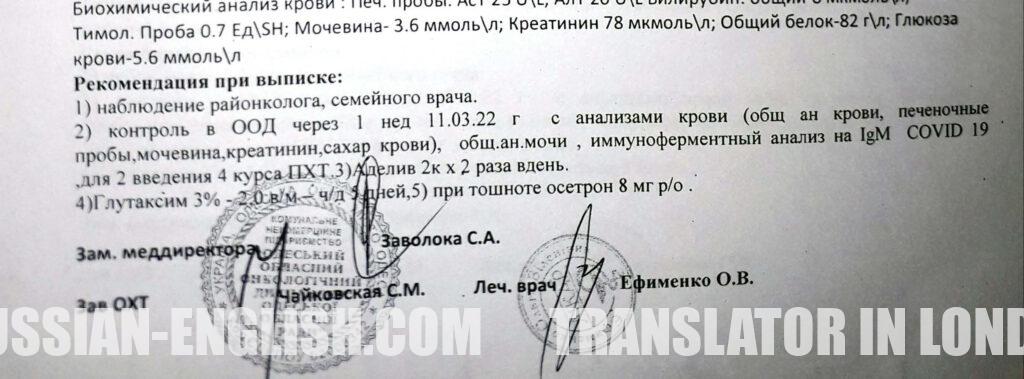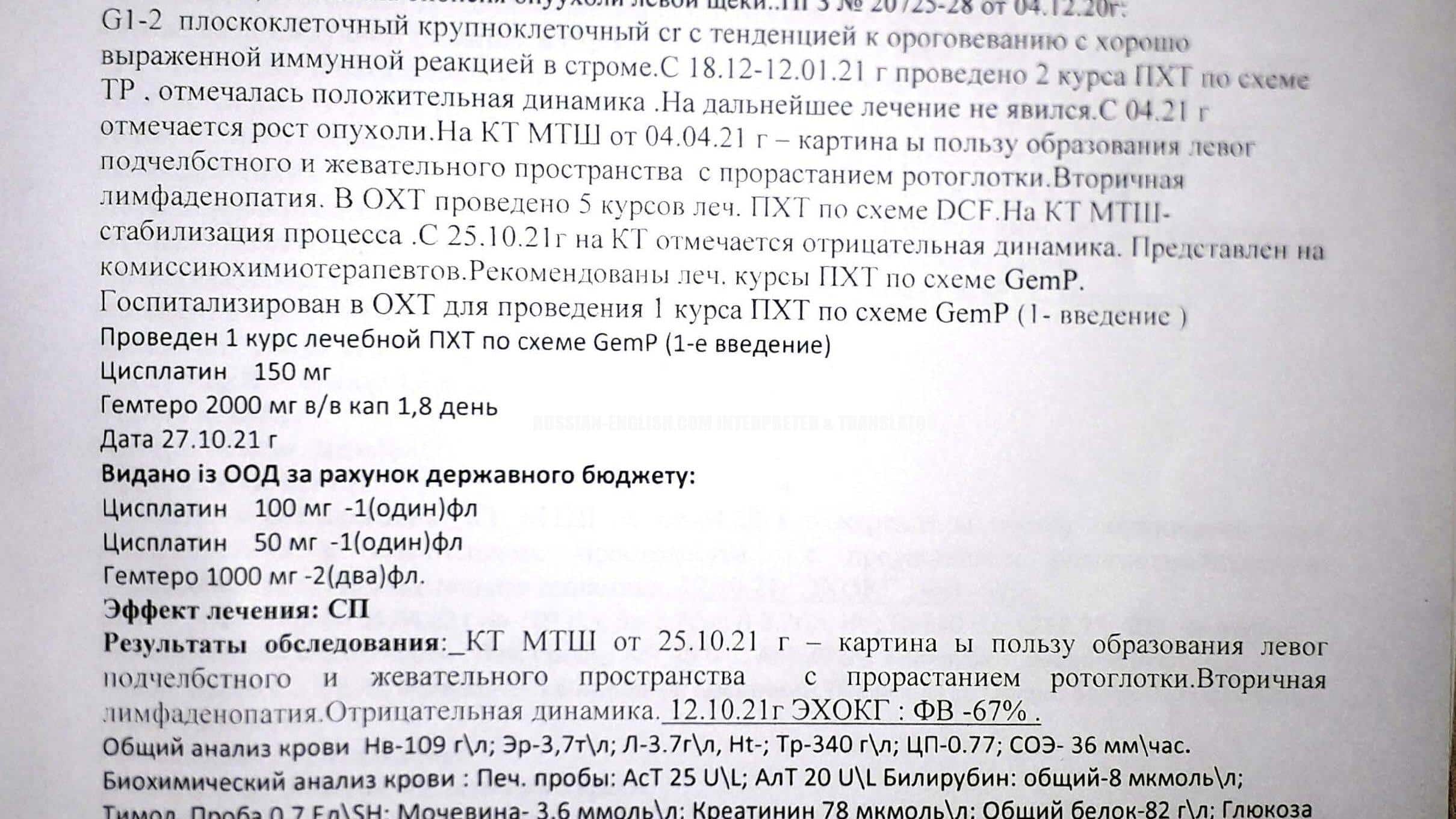Medical documents translations – перевод медицинских документов – can come in various formats, including handwritten notes, scanned images, or PDF files that are difficult to edit. However, as a professional translator, I am equipped to handle such documents and provide accurate translations regardless of their format.

🌐 Mastering Medical Docs: Conquer Language Barriers 🇷🇺🇬🇧🇦🇪, Tackle Complex Formats 📄, and Ensure Accurate Translations with a Professional Touch! 🩹
In cases where the medical document is not in a digital format, I can work with scanned images or photographs of the document, using optical character recognition (OCR) software to extract the text for translation. While OCR technology has its limitations, I can ensure that the translated text accurately reflects the original document’s meaning.

Health Translations: Expert Medical Document 📄Services for Russian, English, and Arabic
Medical translations – перевод медицинских документов
Moreover, if the original medical document is in a format that is difficult to edit or modify, we can recreate the document in a more user-friendly format to make it easier to work with. This may involve converting the document to a Word or Google document or retyping the text. Rest assured that regardless of the format of your medical document, we do our best to provide you with an accurate and reliable translation. When it comes to medical documents, it’s important that they are presented in a user-friendly format that is easy to read and navigate. This is especially true for doctors who may need to refer to the document frequently and quickly.
accurate and reliable translation of medical documents
By recreating the original document in a more user-friendly format, such as a Word document, doctors will be able to access and use the information more efficiently. A Word document is easily editable, searchable, and allows doctors to copy and paste relevant information into other documents or applications as needed.
We can translate a wide range of medical documents from Russian, English, and Arabic, including but not limited to:
- Medical reports and records
- Patient histories and charts
- Diagnostic test results
- Prescription information
- Treatment plans
- Discharge summaries
- Surgical and procedural notes
- Russian, English, Arabic Medical Consent forms translation
- Clinical trial documentation
- Medical research articles and publications
- Medical device manuals and instructions
- Pharmaceutical product information and inserts
- Medical guidelines and protocols
- Educational materials for patients
- Medical brochures and pamphlets
- Medical software and app localization
- Medical conference presentations and materials
- Medical insurance claims and documentation
- Health and safety documents
Please note that this list is not exhaustive. If you have a specific type of Medical document in Russian, English or Arabic that you need to translate, feel free to reach out to us, and we will be happy to assist you.
Medical translations – перевод медицинских документов. Russian, English, Arabic Medical document translation
Translating medical documents like patient records, clinical protocols, medical reports, clinical trial documents, and regulatory documents requires a certified and specialized medical translator. This is because they ensure clear and precise communication.
Specific certifications like those from the American Translators Association (ATA), the National Board of Certified Medical Interpreters (CMI) in the United States, and The Union of Translators of Russia provide credibility to translators. These certifications confirm that a translator can handle medical terms and concepts in both languages accurately. They also show the translator’s understanding of the cultural differences, which matters greatly in medical translation.
Machine translations, despite their advancement in AI and deep learning models, have limitations.
They can often make errors in fields like medicine where context and precision matter a lot. They can misinterpret nuances, misuse terminology, and struggle with abbreviations or complex medical jargon. Such errors can result in misunderstandings, incorrect diagnoses, inappropriate treatments, and even legal issues.
So, even if a machine does the translation, a certified medical translator must double-check and revise the translation. This process is known as post-editing. The certified medical translator can spot and correct any mistakes the machine makes, make sure the medical terminology is correct, and modify the text to make it culturally appropriate and understandable to the target audience. This human intervention is critical to achieving the highest level of accuracy and effectiveness in medical translations.